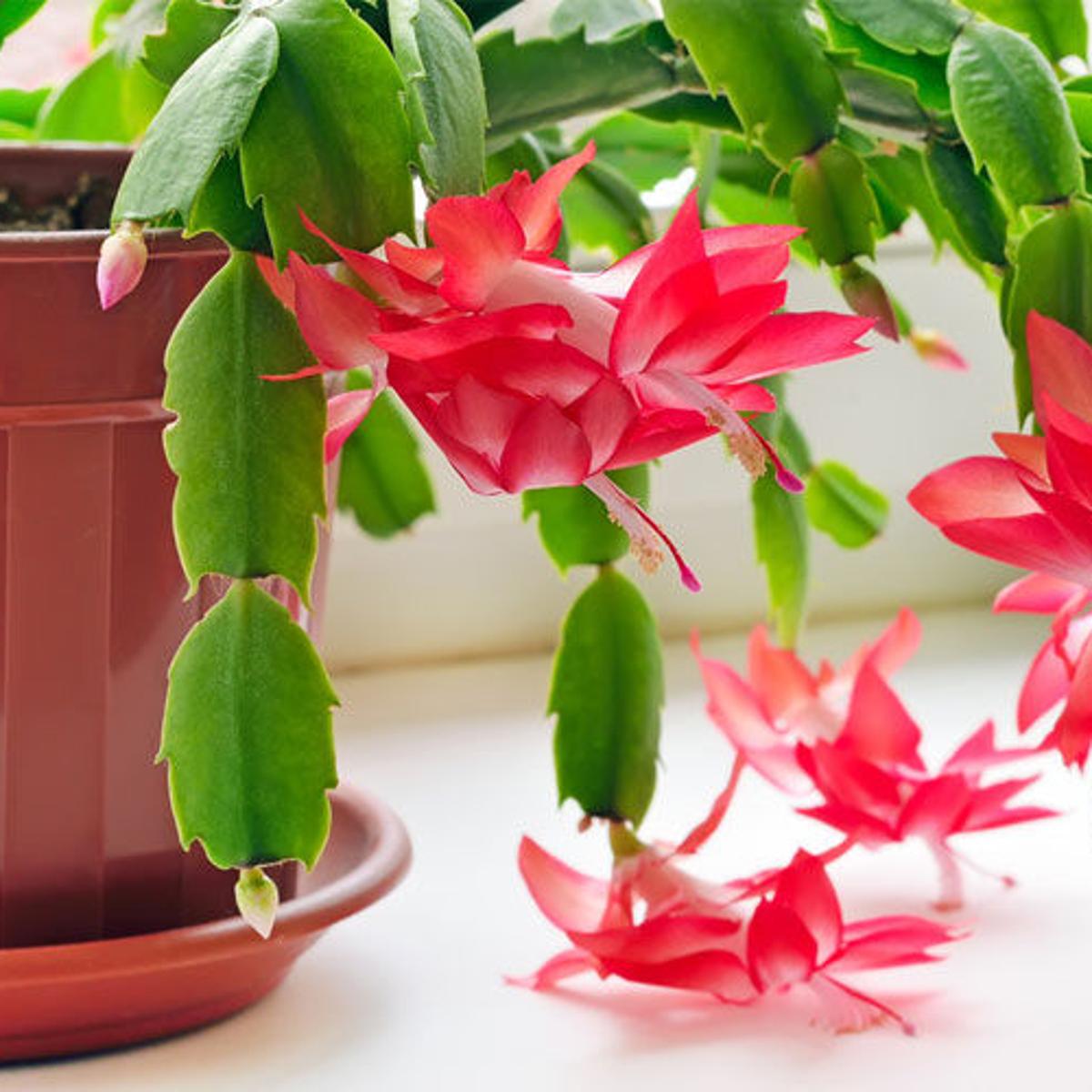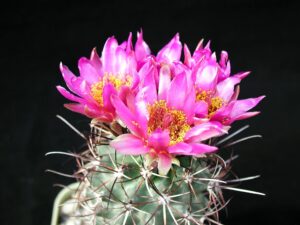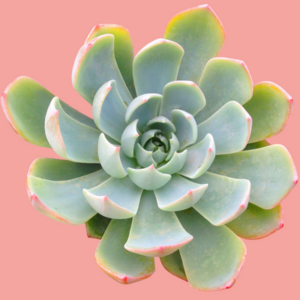Many individuals are drawn to succulents and cacti for their unique aesthetic appeal and low-maintenance requirements. Cacti, in particular, evoke a sense of wonder and intrigue, both for their exotic origins and their resilience in harsh environments. However, proper care is crucial to ensure these fascinating plants thrive indoors. Embracing the world of indoor cacti requires an understanding of their needs, behaviors, and quirks. Here is a comprehensive guide to caring for your indoor cactus plants, tailored for beginners.
Understanding Cacti: A Closer Look at Their Unique Biology
Before diving into care tips, it’s essential to understand what makes cacti truly unique. Cacti belong to the family Cactaceae, distinguished by their specialized adaptations. These plants have evolved to withstand arid climates, which allows them to store water in their tissues. The thick, fleshy pads and spines are not merely decorative; they serve crucial survival functions. The spines deter herbivores and provide shade, while the pads store moisture for extended periods.
These adaptations are why cacti have become a symbol of endurance and resilience. Their fascinating biology allows them to flourish in conditions that would wilt many other plants. As a cactus caregiver, this knowledge instills a sense of admiration and respect for their remarkable evolution.
Optimal Conditions: Creating the Perfect Habitat
Cacti may be hardy, but they are not invincible. Once you bring your cactus home, setting up an environment that mimics its native habitat is paramount. Generally, cacti prefer bright, indirect sunlight. Positioning your cactus near a south-facing window can provide ample light, but be cautious of direct sunlight during the peak hours of the day, as it can scorch the plant. A balance between light and shade is essential.
Temperature also plays a critical role in the health of your cactus. Most indoor cacti flourish in temperatures ranging from 70°F to 90°F during the day and can tolerate cooler temperatures at night. However, they should be protected from drafts and extreme cold, which could damage their delicate structure.
Soil Selection: The Foundation of Health
While it may be easy to overlook the importance of soil, it is, in fact, the bedrock of a cactus’s well-being. Traditional potting soil retains too much moisture for cacti and should be avoided. Instead, opt for a well-draining cactus mix or create your own: combine potting soil with sand, perlite, or pumice to enhance drainage. This will ensure that excess water can escape, reducing the risk of root rot. The ideal soil should allow air to circulate, ensuring that the roots receive the necessary oxygen.
Pottings and Repotting: Timing and Techniques
When initially potting your cactus, choose a pot with a drainage hole to facilitate proper water management. As your cactus grows, it may require repotting. Look for signs such as roots emerging from the drainage holes, stunted growth, or water pooling on the surface of the soil. Generally, spring is the optimal time for repotting, as it aligns with the cactus’s active growth phase.
When repotting, be gentle with the roots and use fresh cactus mix to provide a nutrient boost. Avoid the urge to fertilize immediately after repotting; give the plant a few weeks to acclimate to its new environment before introducing any fertilizers.
Watering Wisely: The Art of Hydration
One of the most common pitfalls in cactus care is overwatering. Cacti are adapted to store water, so they thrive on infrequent but deep watering. Allow the soil to dry out completely between waterings; this could mean watering every few weeks in the growing season and even less during dormancy in the winter. A thorough soak until water drains from the holes in the pot is ideal, allowing the roots to absorb moisture effectively.
During the dormant months, reduce watering significantly to prevent root rot. Understanding this rhythm is crucial, as overzealous watering can lead to detrimental consequences.
Pests and Diseases: Vigilance is Key
Even the most robust cactus is susceptible to pests such as mealybugs, spider mites, and scale insects. Regularly inspect your plants for signs of infestation, including webbing or sticky residue. Keeping air circulation high around your cactus can help deter pests, as they thrive in stagnant environments. If an infestation occurs, promptly isolate the affected plant, and treat with insecticidal soap or neem oil, ensuring the solution is safe for your specific type of cactus.
Cacti can also face diseases related to improper watering, inadequate light, or poor drainage. Monitoring the condition of your plant allows for early detection of issues. Yellowing or mushy tissue often indicates trouble. The earlier problems are identified, the easier they are to rectify.
Final Thoughts: A Journey of Discovery
Caring for indoor cacti is not merely a routine; it is an ongoing journey of discovery and appreciation for these resilient plants. As you delve into the rhythms of their care, you will find yourself captivated by their ability to thrive under conditions that many other plants cannot endure. Embracing their unique biology and needs allows you not only to nurture a thriving cactus but also to foster a deeper connection with nature. So approach your cactus care with curiosity and enthusiasm; you will be rewarded with a vibrant, resilient companion for years to come.





Leave a Comment